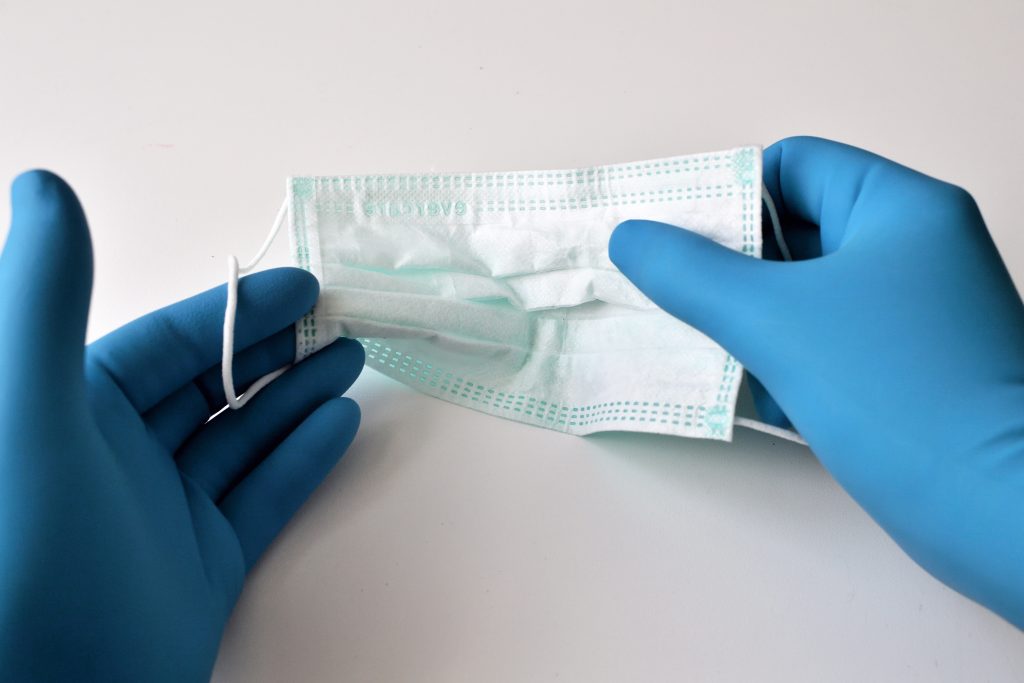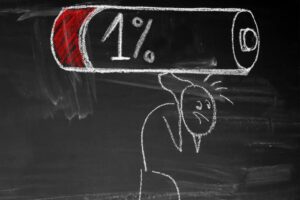
India Reports 188 New COVID Cases in the Last 24 Hours, No Deaths Recorded
India Reports New Covid Cases: In the latest update, India recorded 188 new cases of COVID-19 in the past 24 hours, with no reported deaths. According to official sources, from December 5, 2023, to December 31, 2023, a maximum of 841 new cases were reported, constituting a mere 0.2% of the peak cases observed in May 2021.
The Health Ministry stated on Sunday that the total number of active cases in India is 1,473, as per the 8 AM update. Fortunately, no deaths were reported during this 24-hour period.
While the daily cases had dropped to double digits by December 5, 2023, a subsequent rise occurred due to the emergence of a new variant and the cold weather conditions.
Official sources mentioned, “The current available data indicates that the Omicron variant is neither showing a rapid increase in new cases nor a significant surge in hospital admissions and mortality rates.”
India has witnessed three waves of COVID-19 in the past, with the peak incidents and deaths recorded during the Delta variant wave in April-June 2021. On its peak day, May 7, 2021, the country reported 414,188 new cases and 3,915 deaths.
Also read: Stay Informed: Symptoms and Signs of the JN.1 Variant of COVID-19
Since the beginning of the pandemic in early 2020, over 4.5 crore people have been infected, and the virus has claimed the lives of more than 5.3 lakh individuals. According to the Ministry’s website, the recovery rate for those who have recuperated from the disease is more than 98.81%, with over 4.4 crore people having successfully recovered.
As of now, the country has administered over 220.67 crore doses of COVID vaccines, as per the data available on the Ministry’s website.
Expert doctors’ opinion on the spreading virus:
Dr Ravi, Shankerji Kesari, MBBS, MD, General Practitioner, Apollo Spectra Hospital, Bangalore points out,
In this season, how do individuals differentiate between the common cold and COVID?
As spring settles in, distinguishing between the common cold and COVID symptoms becomes crucial for individuals navigating seasonal illnesses. Both ailments share similar initial signs, making differentiation challenging. However, certain distinctions can aid in identification.
- While both may present with a runny or stuffy nose, sore throat and fatigue, COVID often involves more pronounced symptoms like fever, persistent cough and loss of taste or smell which are less common in a typical cold.
- Severe symptoms like difficulty breathing or chest pain are more likely indicators of COVID and warrant immediate medical attention.
Prioritizing testing for symptomatic individuals serves as a proactive approach, empowering individuals to take responsible steps to protect themselves and their communities against the evolving threat posed by Covid JN1.
Dr. Arun Chowdary Kotaru, Consultant, Respiratory/ Pulmonology & Sleep Medicine, Artemis Hospital, Gurugram states,
How do senior citizens and patients with co-morbidities take care of themselves?
As mentioned above, JN.1 is possibly more infectious but might not be more dangerous than the previous strains of Coronavirus. We all have lived through 3 deadly waves of the pandemic and have learned several lessons. As with all the previous variants, precaution is the greatest shield against JN.1 too. Maintain proper hygiene, avoid crowded places, and wear masks while in crowded places. Senior citizens and patients with co-morbidities should focus on getting regular health checkups to ensure early detection of the infection and take necessary action on time. Eating healthy nutrient-rich diets and mild exercise will help keep the body healthy and strengthen the immune system.



